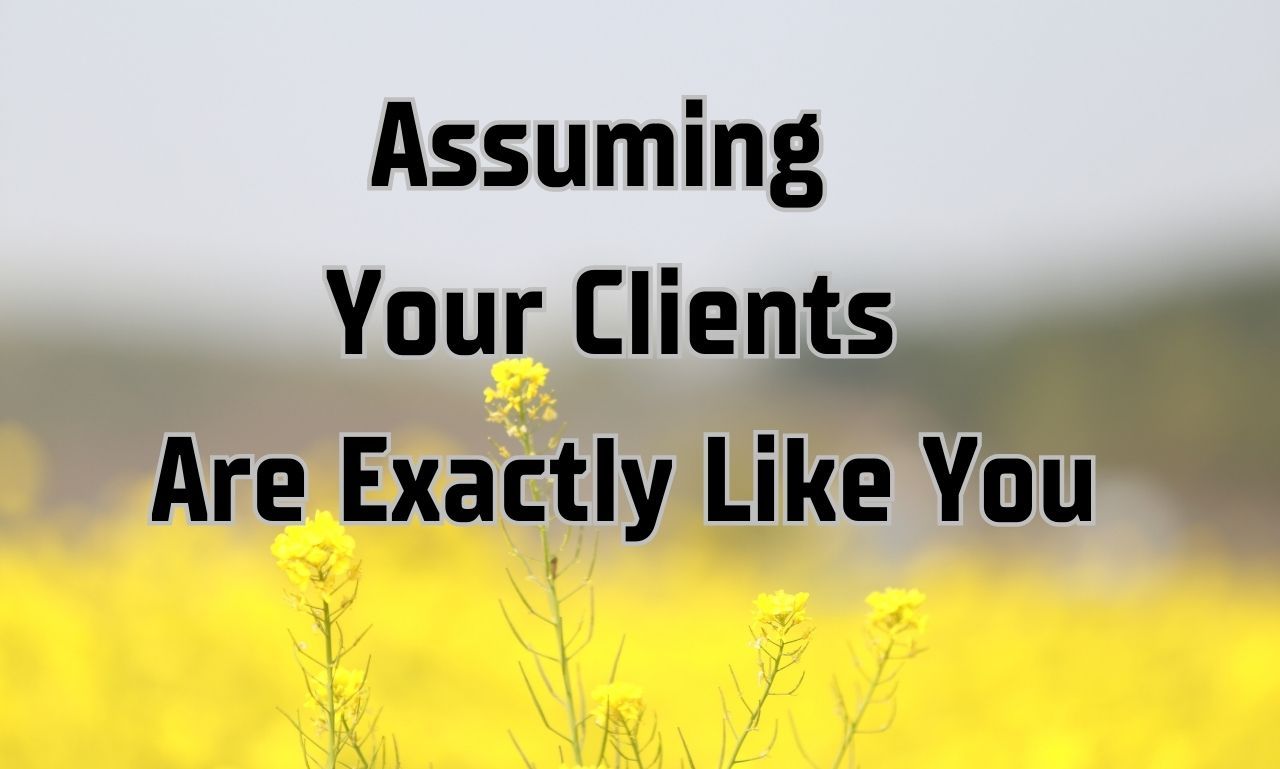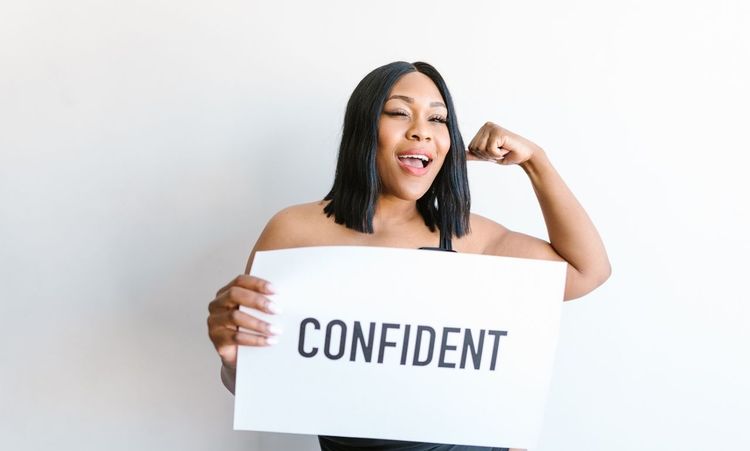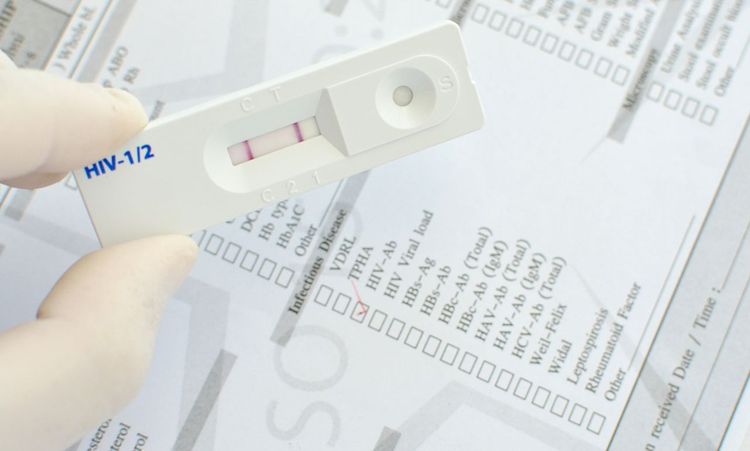Health coaching is a booming industry. Thousands of health coaches are helping people achieve sustainable health. But not all succeed. Why? Some fall into common traps. These traps hurt their businesses and client satisfaction. Let's explore the three biggest mistakes health coaches make. You'll also learn how to fix them.
Focusing on Coaching Instead of Selling

This is the number one mistake I see health coaches make. You became a health coach to help people, not to be a salesperson. I get it. Selling feels uncomfortable for many health professionals. But here's the truth: Without clients, you can't help anyone. Your amazing coaching skills remain unused; valuable knowledge sits idle, and your potential to transform lives goes unrealized.
The Problem with Putting Coaching First
Let me introduce this common issue. Many health coaches pour all their energy into certifications and knowledge. They spend thousands on advanced training. They dedicate precious time to mastering new techniques.
Meanwhile, they neglect the business fundamentals. They have no clear marketing strategy, a non-existent sales funnel, an inconsistent pricing structure, and an undefined target audience.
I worked with Sarah, a brilliant nutritionist. She had five certifications and specialized in autoimmune diseases. Her knowledge was impressive. But after three years, she had only four regular clients.
When I asked about her marketing plan, she looked confused. "I just thought if I were good enough, clients would find me," she said. This mindset is incredibly common but is also completely backward for business success.
How to Shift Your Mindset
Let me introduce a better approach. Think of your business as having two distinct roles. You're both the service provider and the CEO. Each role needs dedicated time and resources.
Block specific hours for client work. But also schedule non-negotiable time for selling. Treat these selling hours as seriously as you would client appointments. Never cancel them or push them aside.
Create a simple sales system and follow it consistently. Set weekly goals for outreach activities. Track your numbers religiously. Know your conversion rates. Understand your client acquisition costs.
I helped Michael, a health coach focusing on sustainable weight loss, implement this approach. He dedicated Monday mornings to selling activities only. Within three months, his client list grew by 40%.
Practical Steps to Balance Coaching and Selling
The key to success is structure. Develop a weekly schedule that honors both aspects of your business. Allocate 30% of your working hours to marketing and sales. Protect this time fiercely.
Build a mailing list from day one. Send valuable content consistently. Make precise offers regularly. Don't just provide free advice forever. Guide prospects toward becoming paying clients.
Create packages that solve specific problems. Focus on outcomes, not just your coaching process. People buy results, not methods. Make your offerings tangible and results-oriented.
One of my personal experiences worth sharing happened last year. I noticed many coaches struggling with this balance. So, I developed a simple 30-day plan. Those who implemented it saw an average 27% increase in new client inquiries.
Assuming Your Clients Are Exactly Like You

Another massive mistake health coaches make involves their target audience. Many coaches subconsciously market to mirror images of themselves. This severely limits their business potential.
Your journey to becoming a health coach shaped your perspective, and your personal health challenges influenced your approach. Your values determine what you think is important, but your clients may differ.
The Danger of Marketing to Yourself
Let me introduce this critical concept. When you assume clients think like you, you create invisible barriers. Your messaging misses the mark, your offers don't resonate, and your content fails to convert.
I've reviewed hundreds of health coaching websites. Many read like personal manifestos. They're filled with industry jargon and coach-centered language. They focus on processes rather than client outcomes.
Emma specialized in plant-based nutrition. Her website talked extensively about her vegan journey. Her content assumed readers already valued plant ethics. However, her ideal clients were actually health-conscious omnivores concerned about heart disease.
Her message wasn't connecting. She was talking to herself, not her prospective clients. Once we repositioned her approach, her client base expanded dramatically.
How to Understand Your Real Audience
Start by creating detailed client profiles. Go beyond basic demographics. Dig into psychographic details like values, fears, and aspirations. Interview past clients about their decision-making process. Ask what nearly prevented them from hiring you. Find out what finally convinced them to commit. These insights are marketing gold.
Study the language your clients use. Notice their exact phrases when describing problems. Capture how they express desired outcomes. Use these same words in your marketing materials. Build a simple survey for your email list. Ask direct questions about challenges and goals. Offer a small incentive for participation. The responses will transform your understanding of your audience.
Building Messages That Connect
The key to success lies in client-centered communication. Focus relentlessly on their problems and desired outcomes. Minimize talk about your processes and methodologies. Clients care about results, not your systems.
Create content that addresses specific pain points. Show genuine understanding of their struggles. Position your services as practical solutions. Make benefits crystal clear and immediate.
Test different approaches with small audience segments. Track engagement and conversion metrics carefully. Double down on messages that resonate. Abandon those that fall flat.
When I worked with health coaches in a group program last summer, we did a messaging overhaul. Coaches who adjusted their language to match client terminology saw inquiry rates double within weeks.
Getting Too Attached to Client Results
The third major mistake affects business growth and emotional well-being. Many health coaches become overly invested in client outcomes, which creates problems for everyone involved.
Your desire to help people is admirable, making you a great coach. However, excessive attachment to results can undermine your effectiveness and lead to burnout and resentment.
The Cost of Over-Investment
Let me introduce this subtle but important issue. When you tie your worth to client outcomes, you create impossible standards. You take personal responsibility for client choices and suffer when they don't follow through. I've seen countless coaches work overtime for struggling clients. They send extra resources, offer bonus sessions, follow up constantly, and exhaust themselves trying to ensure success.
Mark was a dedicated mental health coach. He regularly stayed late, texting clients having difficult evenings, feeling personally responsible for their emotional states. Within a year, he was completely burned out.
This level of investment isn't sustainable. It doesn't serve clients in the long run, it doesn't build a healthy coaching relationship, and it certainly doesn't create a profitable business model.
Setting Healthy Boundaries
Let me introduce a more balanced approach. Clarify responsibilities from the beginning. Be explicit about your role and their role. Document this understanding in your coaching agreement.
Develop clear policies for communication and support. Specify your working hours and response times. Stick to these boundaries consistently. Resist the urge to make exceptions repeatedly.
Remember that client autonomy is essential for lasting change. People value what they achieve themselves. Over-helping can actually diminish their sense of accomplishment. It can create dependency.
I implemented a boundaries workshop for a health coach community last April. Coaches who established clearer limits reported higher client satisfaction. Counterintuitively, less involvement led to better results.
Measuring Success Appropriately

The key to success is defining realistic expectations. Focus on the quality of your coaching process. Not just the client's outcome. Recognize that multiple factors influence results. Track client progress objectively, consistently celebrate small victories, and acknowledge effort alongside achievement. This creates a more supportive coaching environment.
Develop systems for gathering client feedback. Create opportunities for them to recognize their growth. Document successes and learning moments. Use these as reference points during challenges. One personal insight I've gained from working with health coaches is that those who measure multiple forms of progress maintain better business momentum. They avoid the emotional rollercoaster that comes with over-attachment.
Conclusion
Avoiding these three mistakes will transform your health coaching practice. You'll attract more clients, serve them more effectively, and build a sustainable business that doesn't drain you. Remember to balance coaching with selling. Without clients, your skills remain unused. Dedicate specific time to marketing and sales activities. Protect these hours as vigilantly as your coaching sessions.
Understand your actual audience, not just reflections of yourself. Research their true motivations and challenges. Speak their language in all your communications. Create offers that address their specific needs. Set healthy boundaries around client outcomes, clarify responsibilities from the start, measure success in multiple ways, and avoid tying your worth to client results.
The health coaching industry continues to grow rapidly. The demand for qualified professionals is increasing. By avoiding these common mistakes, you position yourself for lasting success in this expanding field.
Implement these changes gradually but consistently. Track your results. Adjust as needed. You'll see significant improvements in client outcomes and business metrics within months. A thriving business deserves to support your passion for health and wellness. Take these insights and put them into action today. Only you can provide your future clients with the transformation.
Also Read: How to Create Your Essential Oils




